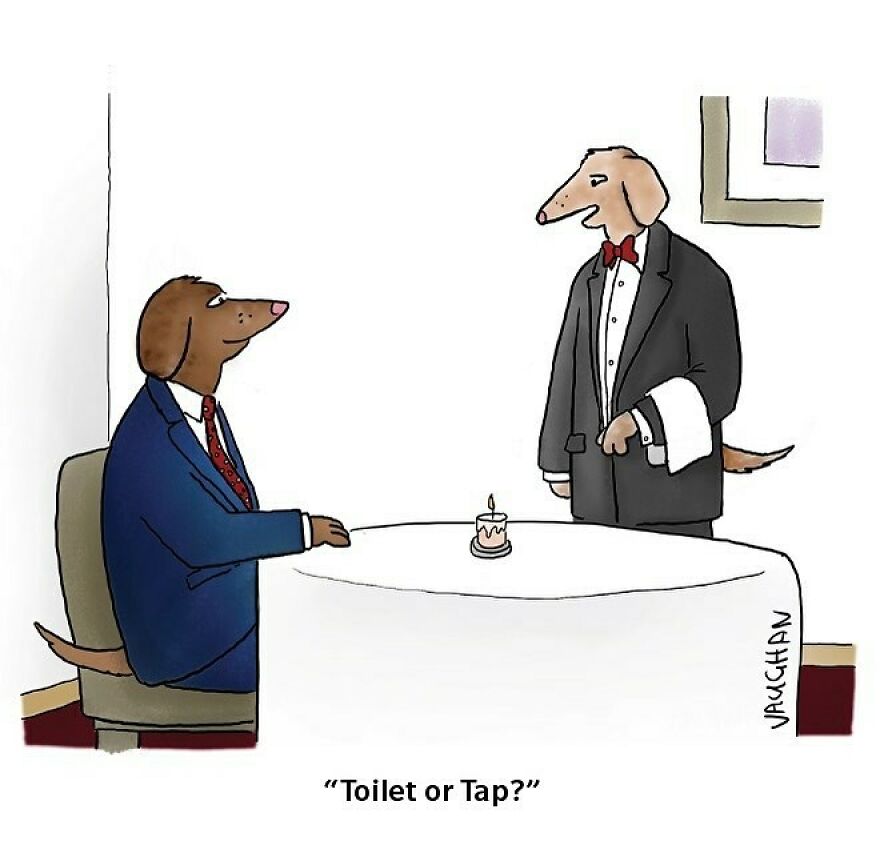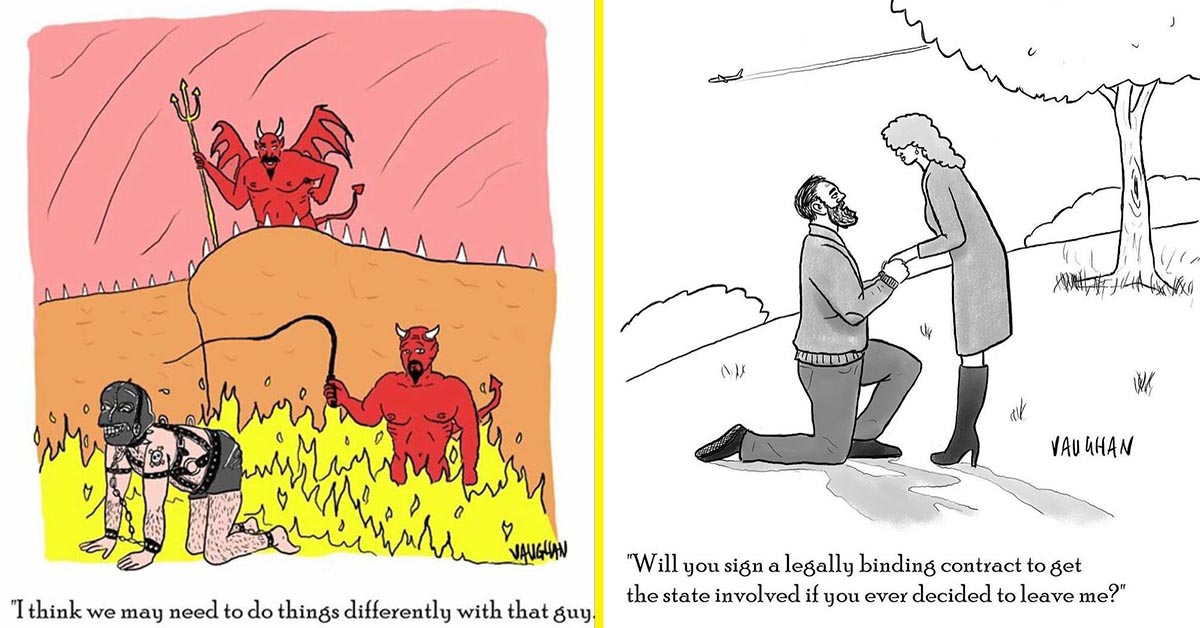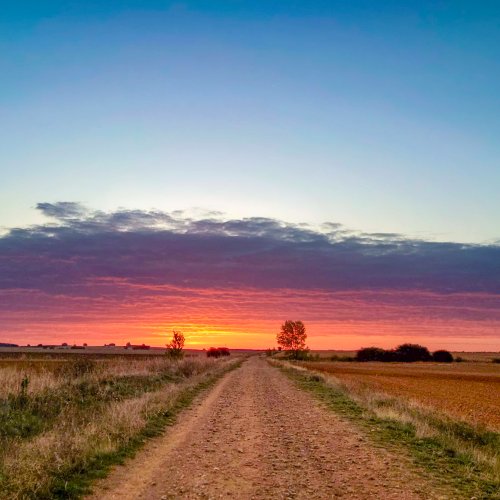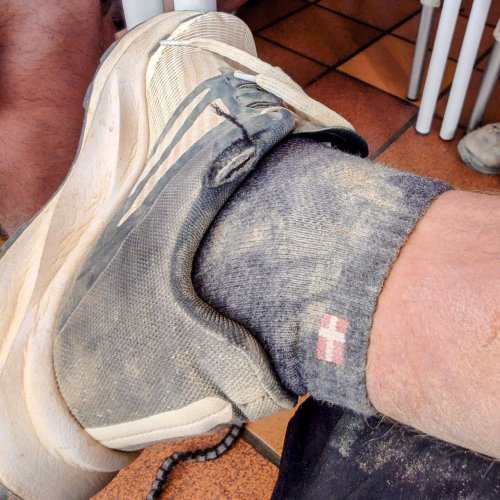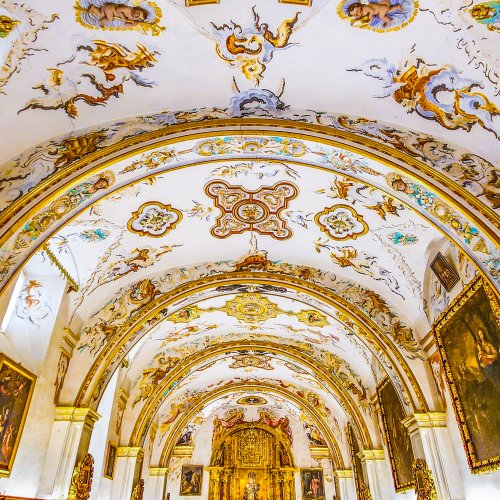Not sure if it was a general question, or you are thinking of walking the VdlP.
But anyway...
I walked the VdlP during April/May this year.
Sevilla-Astorga (Not Sanabres route, so can't comment on that part)
Here are some thoughts.
You can't compare the VdlP to a Camino like the Frances in terms of food and water availability.
Think Meseta, day after day, for much of it.
- You should plan to carry your water needs for the day, unless there is an 'obvious' source of water during the day such as a large villages with shops etc. I would always check on google maps for stores/bars etc the day before and check opening hours. It's shown on Google maps. (but don't rely on it being accurate or up to date!) On the odd occasion I saw an open store or gas station I treated it as a bonus.
- Public fonts are very rare. Not like on the Frances. I don't actually recall filling up from one at all.
- I wouldn't fill up from streams/lakes etc as the water quality from agricultural run-off could be dodgy. Though I did carry 6 water purification tabs for 'emergency' use. You may not find many such water sources anyway. Irrigation channels in fields maybe.
- So regarding signs. If I see a sign saying 'Potable' I'll drink from it. Otherwise I won't. I don't think I ever saw such a sign.
- Plan your water use carefully. I carry 1 litre per 10 kms as a minimum. On hot days I use more.
- Routes such as the VdlP require a bit more Logistics planning. Most days you will not pass villages with an open cafe / store. Some days no villages at all. So you need all your food & water needs with you till you stop at the end of the day. At least maybe 60-70% of the time.
- Obviously you do go through major towns here and there, so no problem with those re supplies.
It just requires a bit of a different approach.
And as you need to carry more water than on the more popular routes, really focus hard on reducing pack weight.
I'd be interested in hearing from others who have walked the VdlP recently, as their experiences and approaches may vary of course.
Afternote.
On this years Camino from Astorga I walked to Ponferrada on the Frances.
Then to Santiago on the Invierno.
Then on to Fisterra and Muxia.
I think it's fair to say that all Camino routes vary in terms of water / food availabiliy.
For example.
On the Frances. I carried half the water load that I carried on the VdlP. It could have been less!
There are so many cafes/bars etc along the way........
On the Invierno. I filled up from one font, after asking a local if it was potable.
Non had signs on them. But I think I might have only seen 3 or 4 in 14 days.
I carried my daily water needs as I had on the VdlP, though I did pass through villages some days with open bars/shops. Maybe 50% of the time.
On the Fisterra. Like being back on the Frances. No problems, though again I don't recall seeing any fonts. Maybe partly I wasn't looking for them, as I was used to carrying enough water for the day anyway.
Though I recall looking out for a font between Lires and Muxia. It was clearly marked on all the guides and maps.me. It was dry when I got there. But I had just enough water to get me to Muxia.
I suppose the point I'm making is, unless I 'know' for sure there is a good water source, I assume there won't be. I prefer not to use water sources that may have to be treated/filtered, unless it's an emergency.
Again, on a Camino like the Frances........not really an issue most of the time.
Sorry to ramble. But I have a 'thing' about hydration.
I once ran out of water on my first Camino in the heat. (dry fonts along the way)
Never again.......








